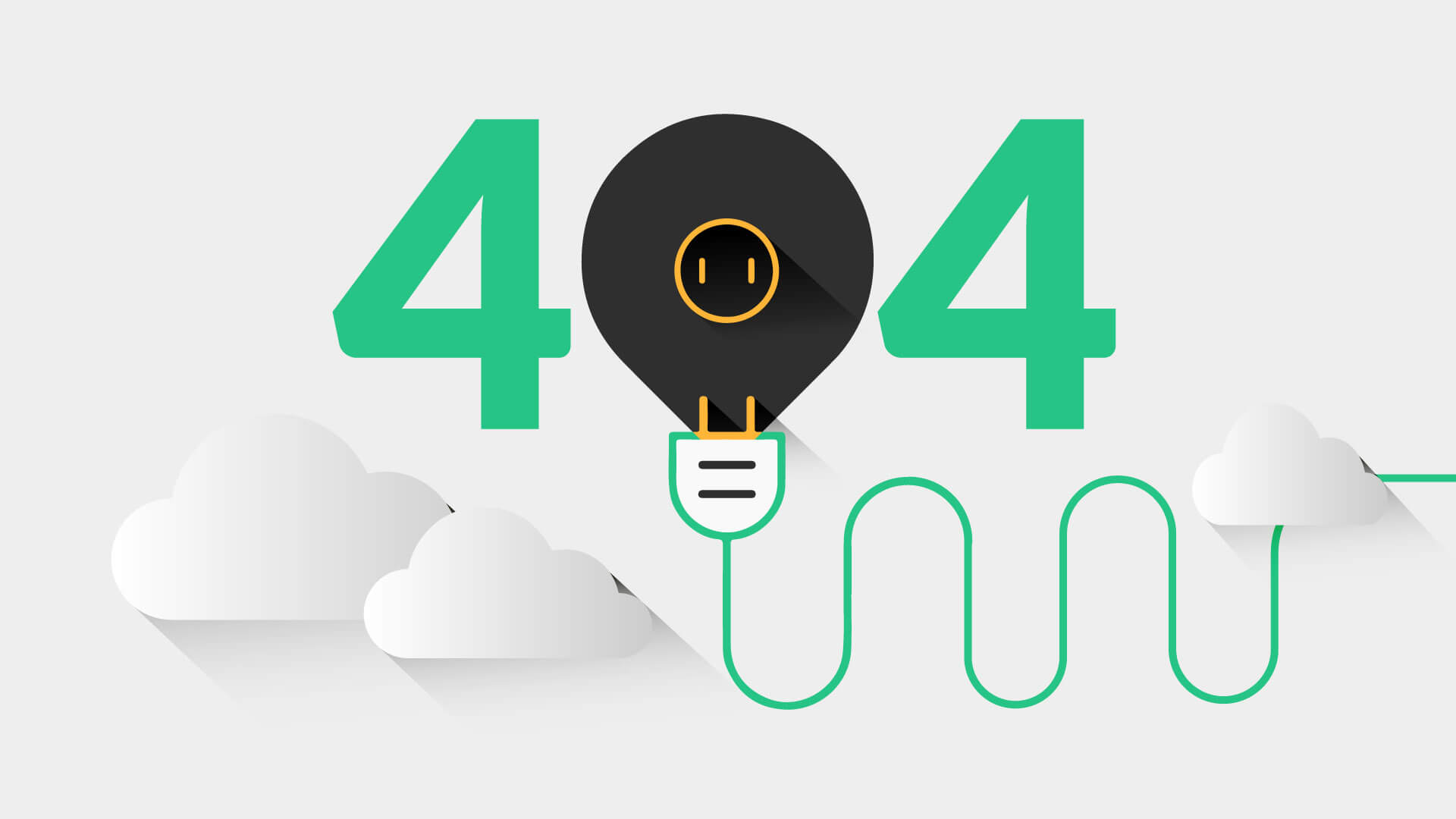How to Fix Broken Internal Links in 2025: Boost SEO & User Experience
Broken internal links may seem like a small issue, but they can significantly impact your website’s user experience, crawlability, and SEO performance. If you’ve recently audited your website or noticed unusual drops in traffic, broken internal links could be part of the problem.
In this comprehensive guide, you’ll learn how to identify, fix, and prevent broken internal links — following the latest SEO best practices for 2025 and ensuring your site aligns with Google’s May 2025 EEAT and user-experience-focused update.
🚨 What Are Broken Internal Links?
Broken internal links are hyperlinks within your website that point to pages that no longer exist or return a 404 error.
🧩 Examples:
A blog article linking to a deleted service page.
A typo in the URL slug within an internal link.
A URL changed during a redesign, but old links were not updated.
⚠️ Why Fixing Broken Internal Links Matters
1. SEO Impact
Google crawlers follow internal links to discover and index your pages. Broken links:
Waste crawl budget
Create indexation issues
Signal poor maintenance to Google
2. User Experience (UX)
Imagine clicking on a link expecting useful information and landing on a 404 error. You’d lose trust in the site. So would your visitors.
3. EEAT Signals
A well-maintained internal linking structure reflects authority and trust, both of which are part of Google’s EEAT guidelines.
🔎 How to Find Broken Internal Links
Here are the best methods and tools to discover broken internal links on your website:
✅ 1. Google Search Console
Navigate to:
Indexing > Pages > Not Found (404)
Here, you’ll find URLs that Google tried to crawl but failed. Cross-reference those with your internal link structure.
✅ 2. Screaming Frog SEO Spider
Download and run the crawler on your website.
Use the “Response Codes” tab and filter by Client Error (4xx).
Identify all internal links pointing to non-existent pages.
✅ 3. Ahrefs Site Audit
Run a site audit and go to the “Internal Pages” report.
Use the “Broken” filter to isolate internal broken links.
✅ 4. SEMrush Site Audit
View the “Issues” report.
Check for “Internal links are broken” under errors.
✅ 5. Manual Checking
While not scalable, manually clicking through high-priority pages can help catch missed issues.
🛠️ How to Fix Broken Internal Links
Once you’ve identified broken internal links, use one of these solutions based on the cause:
🔄 1. Update the Link
Best Option: If the content still exists but the URL changed (e.g., during a redesign or slug edit), update the internal link to point to the correct, current URL.
🔁 2. 301 Redirects
If the original page was deleted or moved:
Set up a 301 permanent redirect from the old URL to the most relevant existing page.
This preserves any link equity and ensures users land somewhere helpful.
🧹 3. Remove the Link
If the content no longer exists and there’s no replacement, simply remove the internal link.
📝 4. Replace with Similar Content
Instead of removing the link altogether, you can link to a closely related page or blog post to preserve the flow of information.
💡 Pro Tips for Maintaining Healthy Internal Links
✅ Use Descriptive Anchor Text
Avoid generic phrases like “click here.” Use keywords naturally to help with SEO.
✅ Limit Deep Link Nesting
Too many internal links buried deep in your structure are hard to crawl. Aim for a clear, shallow internal linking architecture.
✅ Regular Audits
Perform a link audit every 3–6 months using tools like Screaming Frog, Ahrefs, or Semrush.
✅ Use Relative URLs (if CMS-supported)
Relative links can make migrations and domain changes easier.
💬 Expert Quote
"Fixing broken internal links isn’t just technical cleanup — it’s strategic SEO maintenance. It helps Google understand your site’s structure while delivering a seamless experience to your users."
— Lisa Moore, SEO Consultant & Technical Strategist, 2025
🙋♂️ Frequently Asked Questions (FAQs)
Q: How often should I check for broken internal links?
A: At least quarterly, or monthly for large websites with frequent content changes.
Q: Can broken internal links harm my rankings?
A: Yes. They disrupt crawlability, reduce page authority flow, and increase bounce rates — all negative SEO signals.
Q: What’s better — fixing or redirecting?
A: Fixing is always better if the original content still exists. Use 301 redirects only when the original page is gone for good.
🔚 Conclusion
Broken internal links might not seem like a big deal, but they create friction for users and search engines. By finding and fixing them regularly, you’re not just cleaning up your website — you’re strengthening your SEO foundation.
In 2025, Google’s emphasis on site quality and user experience means even small issues like internal links can have outsized effects. Run an audit today and start fixing those broken paths — your rankings (and your visitors) will thank you.

